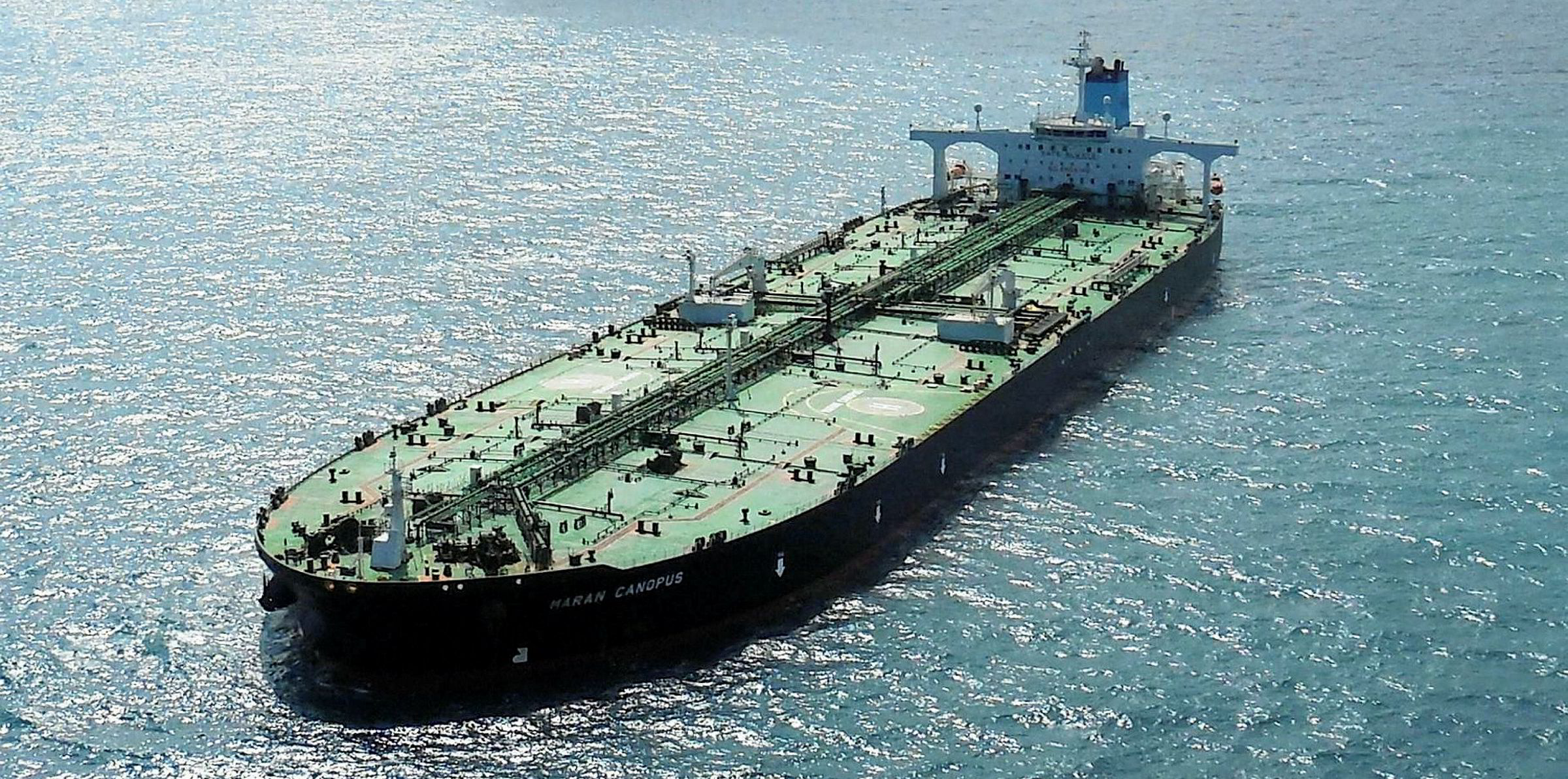While tanker markets have been on a slippery slope in recent weeks, VLCC earnings have remain resilient in the crude tanker trade while LR2s outperform other product segments.
According to the Baltic Exchange, spot VLCC earnings on the benchmark Middle East Gulf (MEG)-China trade were $51,224 per day on Monday, down about $3,200 over the past month.
In the same timespan, average suezmax earnings have decreased by 74.8% to $9,507 per day and aframax by 83.2% to $6,193 per day.
Market participants believe the relative strength of large ships can be attributed to floating storage demand, with more charterers opting to keeping oil stored at VLCCs for their lower unit costs.
Nearly 81m barrels of crude were on VLCCs used as floating storage on Monday, compared with 44.5m barrels on suezmaxes and 32.9m barrels on aframaxes, according to Kpler.
“The smaller sizes haven’t had the storage demand to the same extent for sure,” said a London-based broker.
China factors
Such gaps in earnings would usually prompt cargo splitting from VLCCs to smaller vessels, as charterers seek the most economical way to transport their oil.
But Banchero Costa’s research head Ralph Leszczynski suggested this might not be always possible, with oil demand in Asia recovering at a faster pace than Europe and the US.
Oil-consuming nations in the East-of-Suez market tend to receive crude on VLCCs, while those in the West are bigger markets for suezmaxes and aframaxes.
“At a time like now when Chinese crude imports are actually doing well, whilst oil demand in Europe and the USA is sinking, this disproportionally hits aframaxes and suezmaxes more than VLCCs,” Leszczynski said.
Moreover, spot supply of VLCCs has tightened due to port congestion in China, where oil firms have been hunting for cheap oil this quarter.
According to Clarksons Platou Securities, 6.4% of the VLCC fleet is tied up in congestion at Chinese ports currently.
“We count 53 idle and laden VLCCs outside Chinese ports this [Monday] morning, up from 40 last week and 29 two weeks ago,” the investment bank said.
LR2s outperform others
In the product tanker trade, spot LR2 earnings on the MEG-Japan trade have fallen to $20,421 per day on Monday from $26,573 per day at the beginning of June.
But LR1 earnings have more than halved to $9,172 per day from $22,281. The MR Atlantic basket rate also decreased to $12,518 per day from $21,754.
Brokers said the spot LR2 supply remained tight as many ships in this class are still being used to store clean petroleum products (CPP).
According to Kpler, 5.37m barrels have entered floating storage on LR2s this month, while 3.47m barrels moved out from LR1s and 5.66m barrels from MRs.
Moreover, Platts reported naphtha flows from Europe to Asia were increasing due to improved arbitrage economics, with 1.72m tonnes fixed to be loaded between 1 and 24 June.







